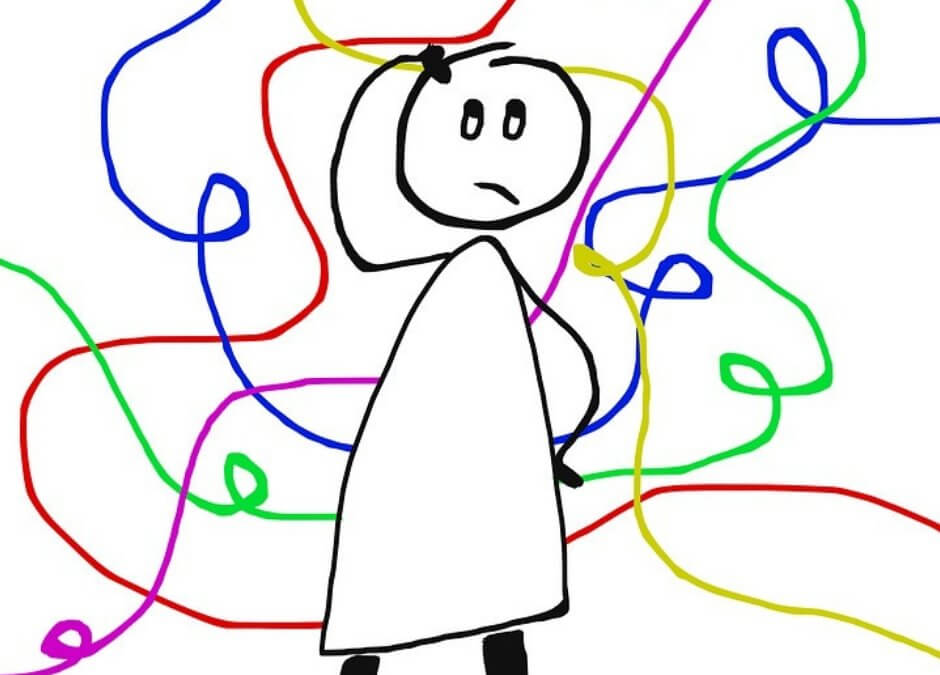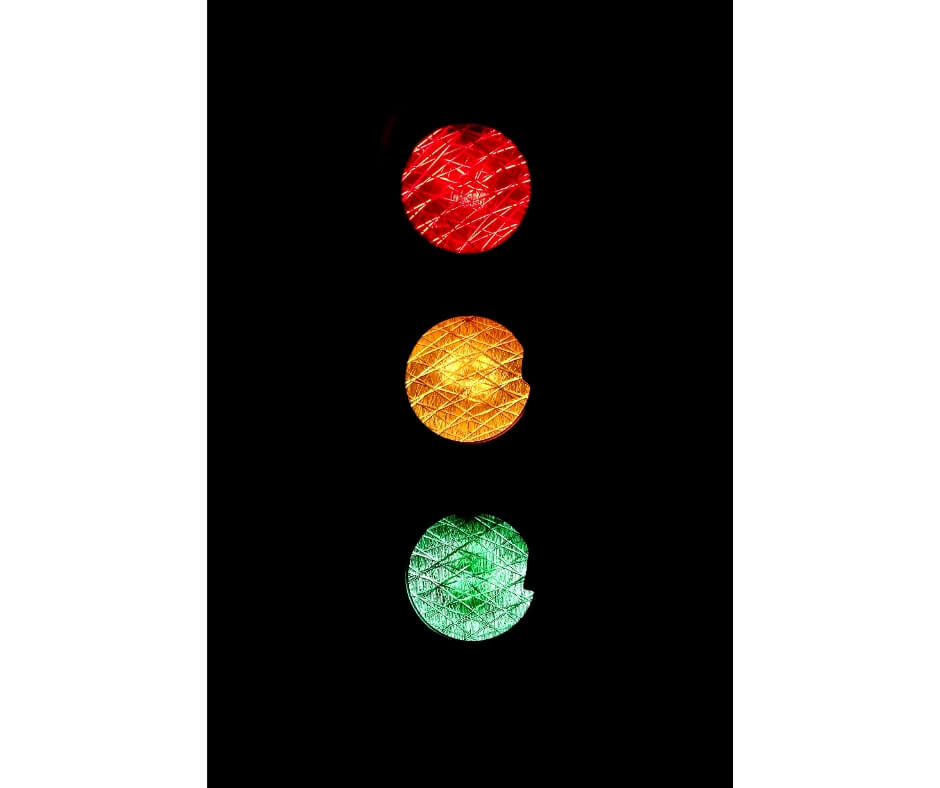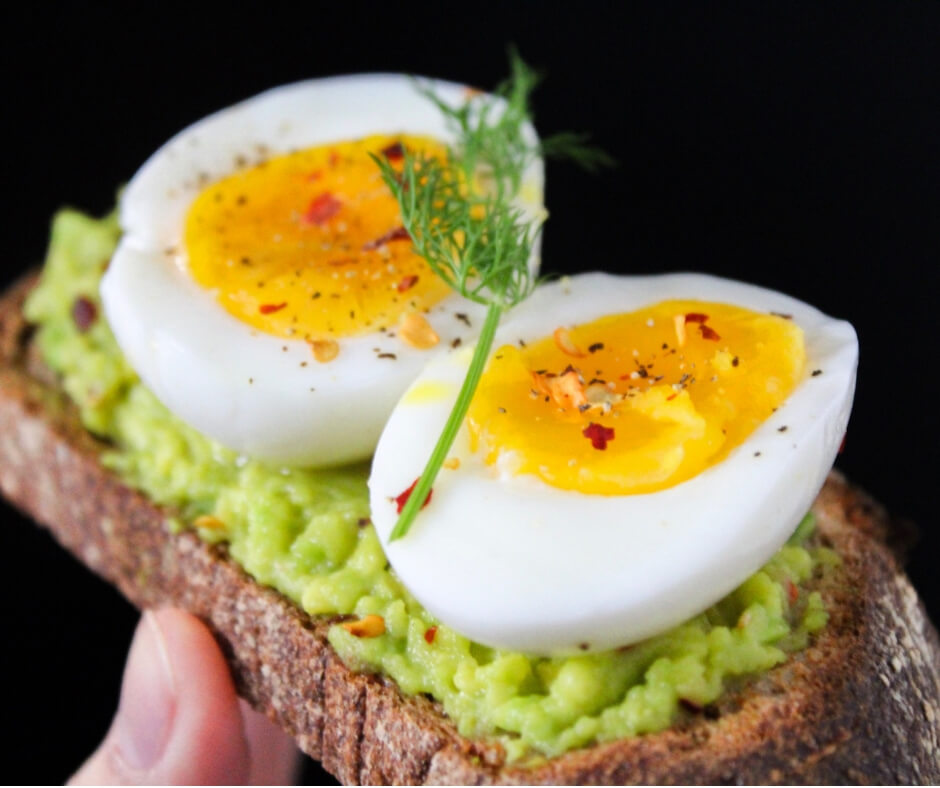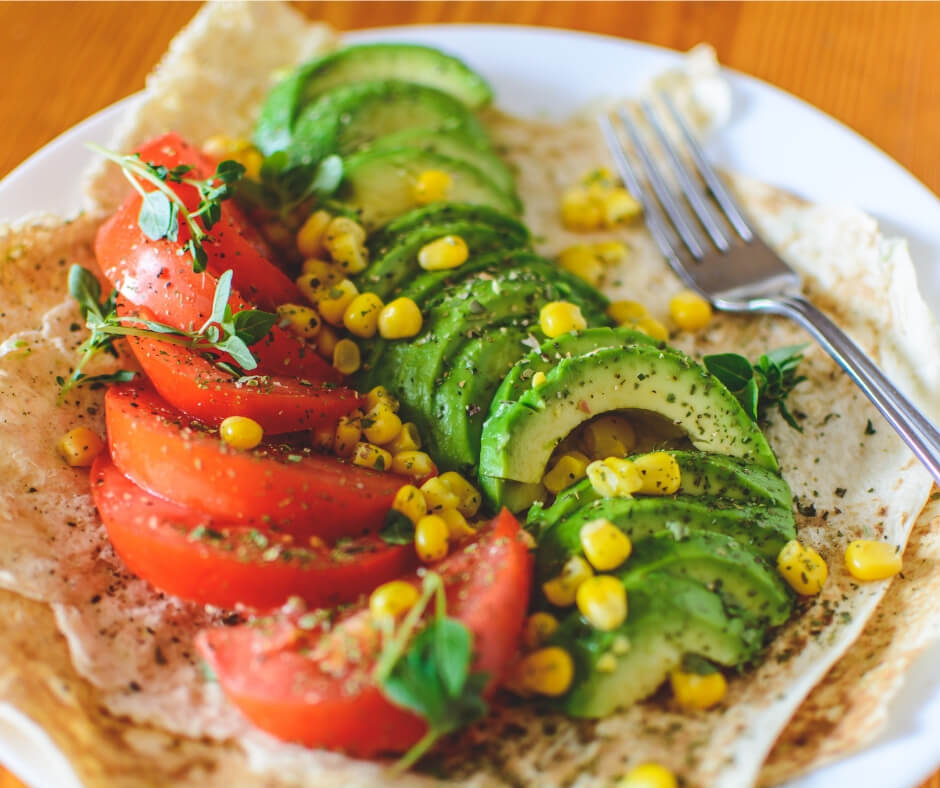“Eat everything in moderation”. You hear it all the time, yet what does that even mean?
The definition of moderation: “avoiding extremes of behavior or expression; observing reasonable limits.”
Some breast cancer nutrition advice, often shared by your oncologist: “Eat whatever you want, in moderation.”
It’s easy to observe “reasonable limits” if we know what they are, such as speed limits, blood alcohol level limits, credit card limits.
But food?
What in heaven’s name is a reasonable limit?
My example of how moderation can be an unhelpful, murky concept. . .
Nutrition person: “Eat everything in moderation.”
You: “Everything?”
Nutrition person: “Yes. Everything.”
You: “What about donut holes? Or peanut butter cups?”
Nutrition person: “Moderation still.”
You: “Depending on my day, donut hole moderation could mean 20. Peanut butter cup moderation is determined by my stress level. Moderate stress = moderate consumption. High stress? All bets are off.”
Nutrition person: “Rules are rules. They’re meant to be followed.”
You: “If you could be more specific, I could stick to the rules.”
Nutrition advisor: “Specifics don’t exist. You should know your own level of moderation. Until your moderation is in check, I can’t help you.”
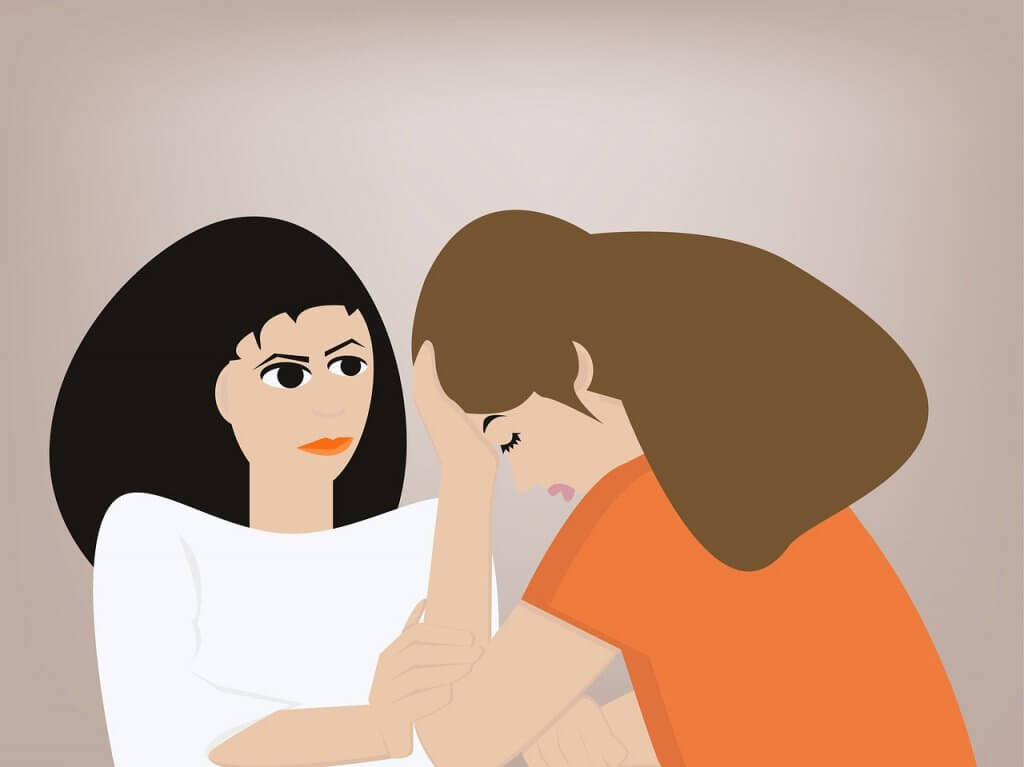
Why “Eat Everything in Moderation” Doesn’t Work
You’ve not likely had an in-person nutrition experience like that (at least I hope not). But you may have experienced frustration at receiving nutrition advice EXACTLY like that.
I’ve worked as a nutrition therapist for over 20 years, helping my clients rebuild healthy relationships with food and their body, and use nutrition to manage and reduce risk for a variety of medical conditions.
I know firsthand how eating and emotion can be connected, and in those times, moderation as a guideline won’t cut it.
Emotions, feelings, cravings, culture, and even family traditions help you answer, “What do I want for dinner?”
When you don’t feel well, are over-hungry, over-tired or over-everything, knowing when to stop eating gets complicated.
One of the best ways to learn how to give your body what it needs in the amount it needs is through intuitive eating practices.
Intuitive eating is a philosophy of eating that makes you the expert of your body and its hunger/fullness/satiety signals.
Another way is with a concept that’s taught in many child nutrition programs; stop light nutrition.
What is the Stop Light System?
Stop light nutrition isn’t new. In recent years, research has even begun to look at this concept for food labeling and dining programs. (1, 2)
The stop light system uses a red, yellow and green light approach to moderation and choice. The system allows you to make the best choice for YOU, without focusing only on calories, fat, sugar or sodium.
The stop light system also considers nutrient density, or how nutritious a food is. Choosing foods based on their nutrient value is a smart approach to moderation.
Stop light nutrition, as I call it, isn’t a rule book. It’s not about self-control, self-deprivation or guilt.
It’s about using a logical system to make thoughtful, mindful choices.
Red Light Foods = Stop & Think
These foods add little, if any, nutritional value to your diet and aren’t essential for health. They tend to be high in calories, sugar, sodium and unhealthy fats, and low in fiber. They may contain artificial colors and/or flavors, hydrogenated oils or trans fats. Consider “red light foods” a treat.
Examples:
- Alcohol
- Candy
- Chips
- Cured and processed meats
- Deep-fried foods
- Pastries, desserts, sweets
- Sugar-sweetened drinks
- Juice
Your options: Make a different choice, enjoy a smaller serving, choose less often.
I didn’t say NEVER CHOOSE these foods.
You don’t have to cut out certain foods to eat a healthy diet. Just like at a red light in traffic, take a moment to stop and decide which direction you’re going to go before proceeding.
You may decide you don’t want that food after all, and choose something different that will satisfy you. You may decide that food is exactly what you want, and you enjoy it without guilt.
Both are perfectly fine options – the choice is yours.

Yellow Light Foods = Slow Down
These foods add essential nutrients, can be eaten daily, and make up a large part (but not the majority) of a healthy diet.
Some versions of these foods can be moderately high in calories, added sugar, sodium and fat. Also be aware of serving sizes; enormous portions are often served.
Some of these foods could be healthier versions of “Red Light” foods. For example, 85% dark chocolate versus a traditional candy bar.
Examples:
- Refined Grains (bread, cereal, pasta, noodles)
- Olive oil
- Dried fruit
- Nuts
- Seeds
- Eggs
- Fish
- Lean meats
- Poultry
- Whole soy foods
Your options: Choose “healthfully” prepared versions (baked, grilled, fatty sauces on the side), be mindful of portions.
Green Light Foods = Go
Green light foods have high amounts of essential nutrients such as vitamins & minerals, tend to be high in fiber, and lower in calories, added sugar, sodium, and fat.
These options are typically “grown” vs “manufactured”; they’re considered the healthiest choices, so include them most often.
Examples:
- Vegetables
- Fruit (fresh or frozen)
- Pulses (garbanzo, black, pinto, and kidney beans, lentils, split peas)
- Legumes
- Oats
- Quinoa
- Rice
- Barley
- Whole grains (breads, cereals, crackers, pasta, noodles)
- Herbs & spices
Your options: Eat many times each day. Eat vegetables in unlimited amounts.
Putting Stop Light Nutrition Into Practice
The examples above aren’t all inclusive, but they’re a solid overview. You may have a good idea which foods fit under which heading, but making it clear for you is a helpful reminder.
PUT IT INTO PRACTICE:
- Eat unlimited vegetables, fruits, & pulses (dried beans/peas/legumes)
- Eat whole grains throughout the day
- Eat healthy oils daily, in small portions
- Eat lean meats and refined grains (if you choose them) daily, in small portions
- Eat highly processed foods and alcohol (if you choose them) in smaller amounts, less often than daily.
My hope is that the stop light system offers guidance without misleading you to think there’s only one “right” way to eat.
Tell me in the comments below about your experiences eating “everything in moderation”, and how you think STOP LIGHT NUTRITION can help you!
_____________________________________________
Thanks for reading my blog post!
I help post-treatment survivors of hormone-positive breast cancer end food fear, confusion and overwhelm, eat without stress and guilt, and rebuild their health so they can do the things they enjoy with the people they love.
I’m a registered dietitian, personal trainer, nutrition therapist and coach, speaker, and survivor of hormone-positive breast cancer.
Ready for professional support to rebuild your health and gain peace of mind?
Click this link and watch my HEALTH REBUILD video!
Get my FREE Lifestyle Choices Matter! Get Started Guide here
Follow me on Instagram @hormone.breastcancer.dietitian
SOURCES:

